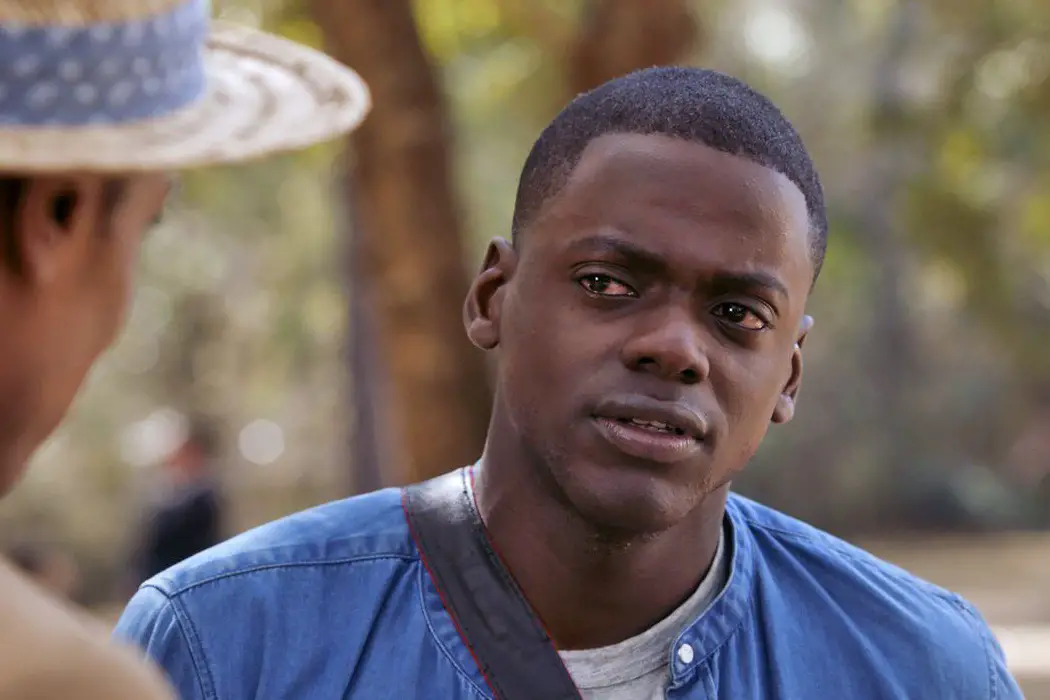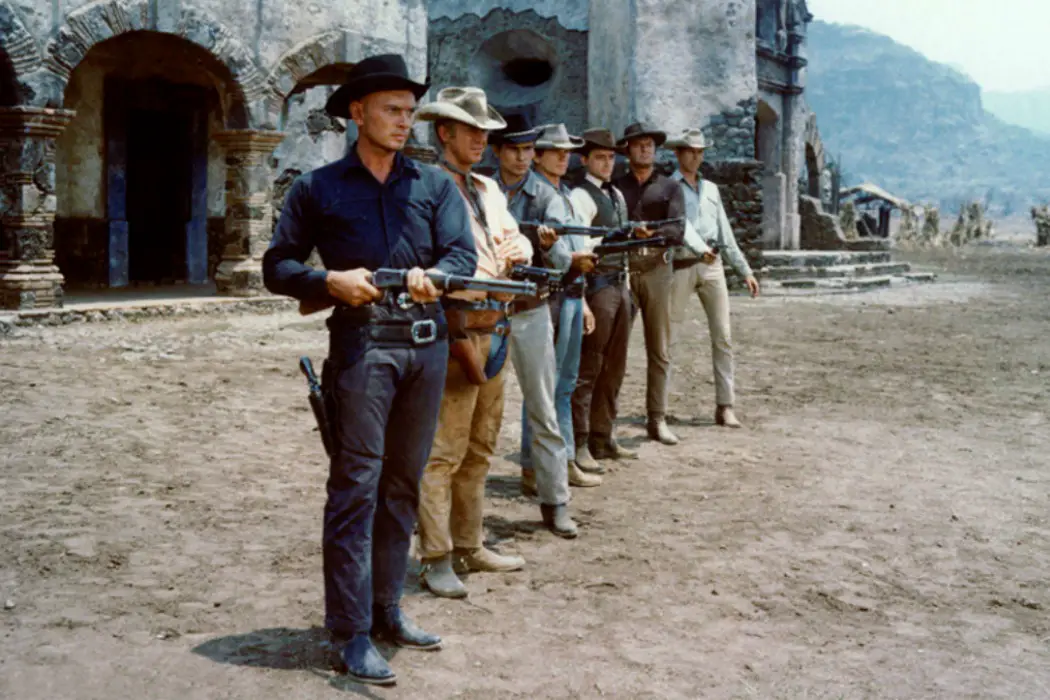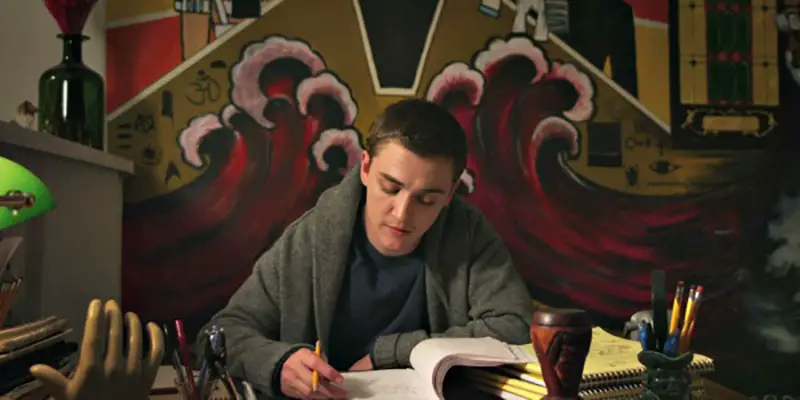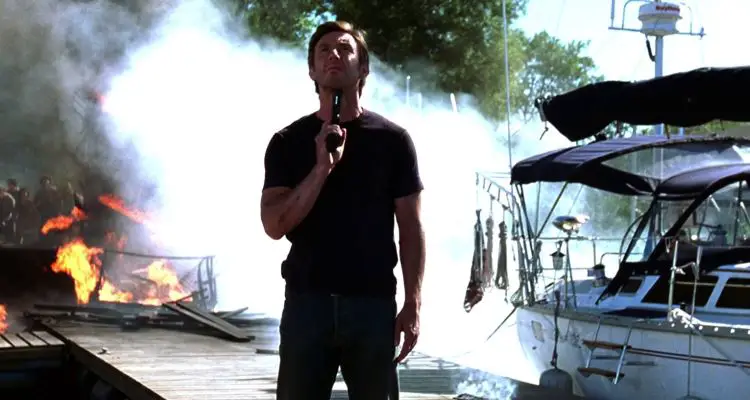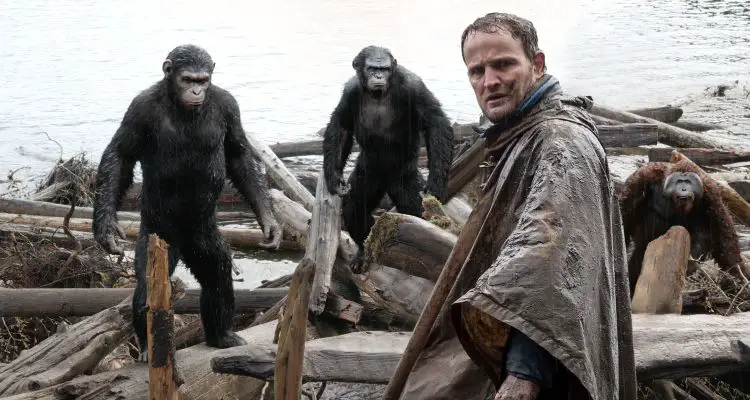originality
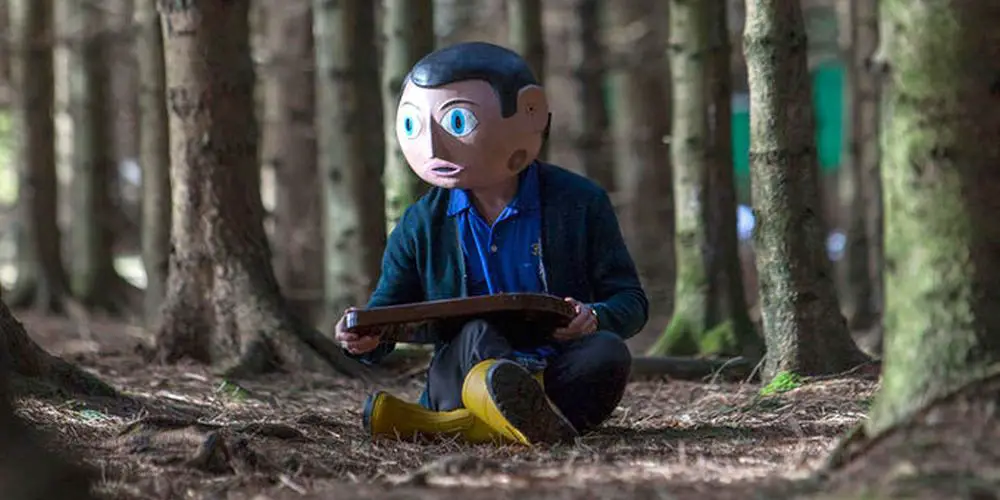
Watching Frank recently, it occurred to me how often the creative process is shown on-screen, and how frequently this process is shown in a hackneyed, unsubtle way. Too often directors attempt to over-romanticise the writing process, and feature endless montages of their artists receiving some form of divine inspiration, as if writing was truly that exciting and easy. Admittedly, showing such a process on-screen is problematic.
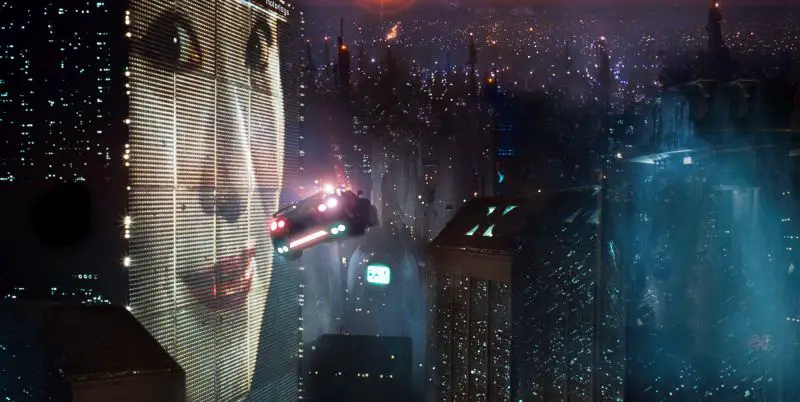
The ideology of originality in modern day cinema is a debate that is frequently discussed and examined, comparing it to what was considered the ‘Golden Age of Cinema’ in the 1900’s. Particularly regarded are the similar story lines and plots that are overused and are becoming somewhat identical, which can comprise of reboots of existing features, superheroes, etc. Along with the sheer amount of sequels that reoccur frequently even when audiences may not particularly want them, leading to them being ignored or neglected.


